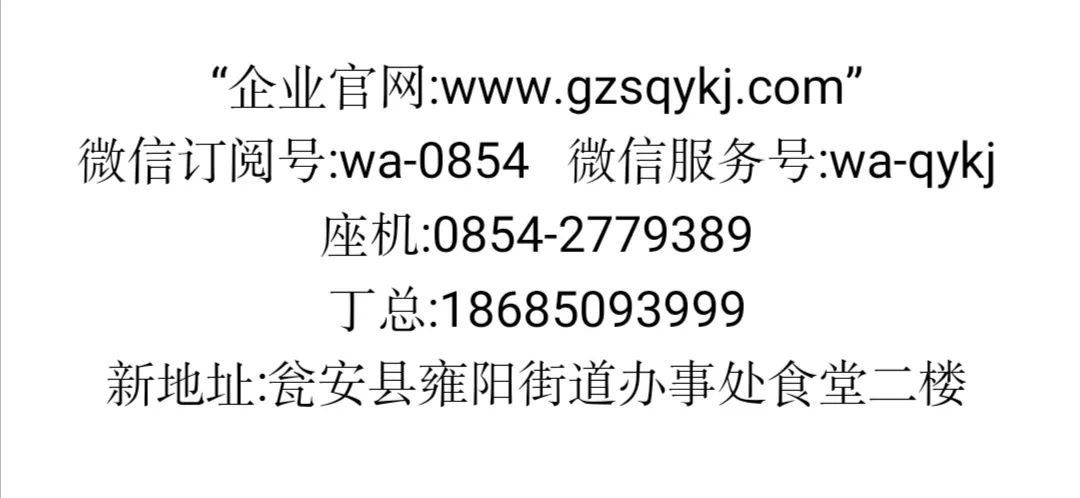1. Classification of LED Display Screens
|
Category Method |
Type |
Description |
|
Usage Environment |
Indoor LED Display Screen |
Indoor LED display screens are used in indoor environments. They have moderate brightness, wide viewing angles, short color mixing distances, lightweight, and high density, making them suitable for close viewing. |
|
Outdoor LED Display Screen |
Outdoor LED display screens are used in outdoor environments. They have high brightness, long color mixing distances, high protection levels, strong waterproof and UV resistance, making them suitable for long-distance viewing. |
|
|
Display Color |
Monochrome LED Display Screen |
Monochrome LED display screens consist of LEDs of one color and can only display a single color, such as red, green, orange, etc. |
|
Dual-color LED Display Screen |
Dual-color LED display screens consist of red and green LEDs. A 256-level grayscale dual-color display screen can display 65,536 colors (dual-color screens can display red, green, and yellow). |
|
|
Full-color LED Display Screen |
Full-color LED display screens consist of red, green, and blue LEDs and can display white balance and 16,777,216 colors. |
|
|
Display Function |
Graphic and Text LED Display Screen (Asynchronous Screen) |
Graphic and text LED display screens can display text, graphics, and other information. They can display offline content over a network. |
|
Video LED Display Screen (Synchronous Screen) |
Video LED display screens can display various information in real-time and synchronously, such as 2D or 3D animations, videos, television, DVDs, and live broadcasts. |
2. Basic Composition of LED Display Screens
1. Asynchronous Screen:
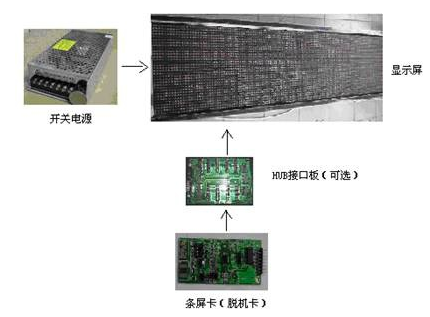
Generally consists of display unit boards (modules), bar screen cards, power supplies, and HUB boards (optional). They connect to a computer via serial cables to change display text and can then operate independently of the computer.
2. Synchronous Screen:
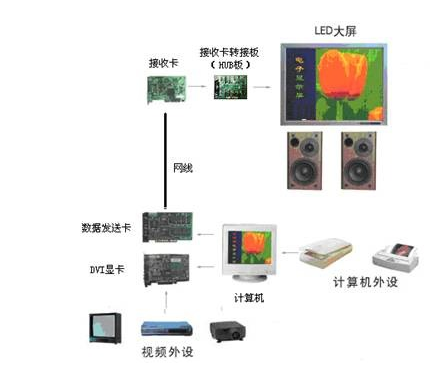
The synchronous screen system is relatively complex and can vary in size. It generally consists of a computer, DVI graphics card, data sending card, synchronous data receiving card, HUB board, network cables, and LED display screens. The system requires a connected computer to display images and text from the computer on the LED screen.
3. Terminology Related to LED Display Screens
1. Pixel:
It is the smallest imaging unit of an LED display screen, commonly referred to as a “point” or “pixel point.”
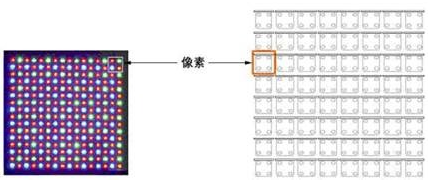
The image above shows a display pixel point composed of 2 red and 2 green LEDs.
2. Display Module:
It is the smallest unit of an LED display screen, structurally independent, composed of several display pixels. · Indoor screens use 8×8 display modules, meaning each display module has 64 pixels.
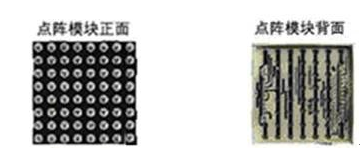
· Outdoor screens use individual bulbs, usually composed of 1-3 identical or different colored bulbs to form a pixel point.
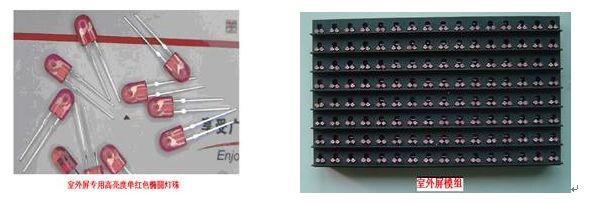
As shown in the right image above, the outdoor screen module is composed of 2 red bulbs forming 1 display pixel point.
3. Display Module:
It is an independent unit of an LED display screen defined by its circuit and installation structure, which has display functionality. In simple terms, to facilitate assembly and display, the semi-finished products are usually provided in the form of display modules, combining multiple display modules with display drivers. Indoor screens are commonly referred to as “unit boards”; outdoor screens are referred to as “modules”, and several modules combined with cabinets, fans, power supplies, etc., form a “cabinet”, commonly used for large full-color screens.
· Indoor screen unit boards usually have 64×32 (64 columns and 32 rows, composed of 32 modules), 64×16 (64 columns and 16 rows, composed of 16 modules), etc. The image below shows a 64×16 unit board:

· Outdoor screen modules usually have 64×32, 32×32, 32×16, 16×16, 16×8 various configurations.
The image above shows a 16×8 (2 red) outdoor screen module. It has waterproof structures for full outdoor use. We can see the plastic casing, and the far right is its entire structural diagram: the display board has bulbs inserted, and the back panel has the display driver circuit. This is a split structure; some have the display board and display driver circuit made on one circuit board. In the images below, we can see the difference. The front panel and back cover are actually a plastic shell, with holes on the front panel corresponding to the bulb positions to allow the bulbs to protrude. The back cover has screw holes or magnetic columns for easy assembly of the module. The front is filled with special waterproof glue for display screens.
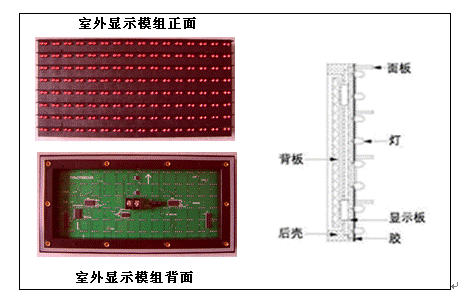
END
This article is complete

You Might Also Like

Introduction to Full-color LED Glass Screens
The Significance of Organizing Urban Construction Archives
Smart Home System | One Card Access Control
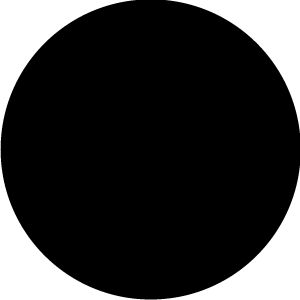
Want to know more? Follow us!
Feel free to call or leave a message!


